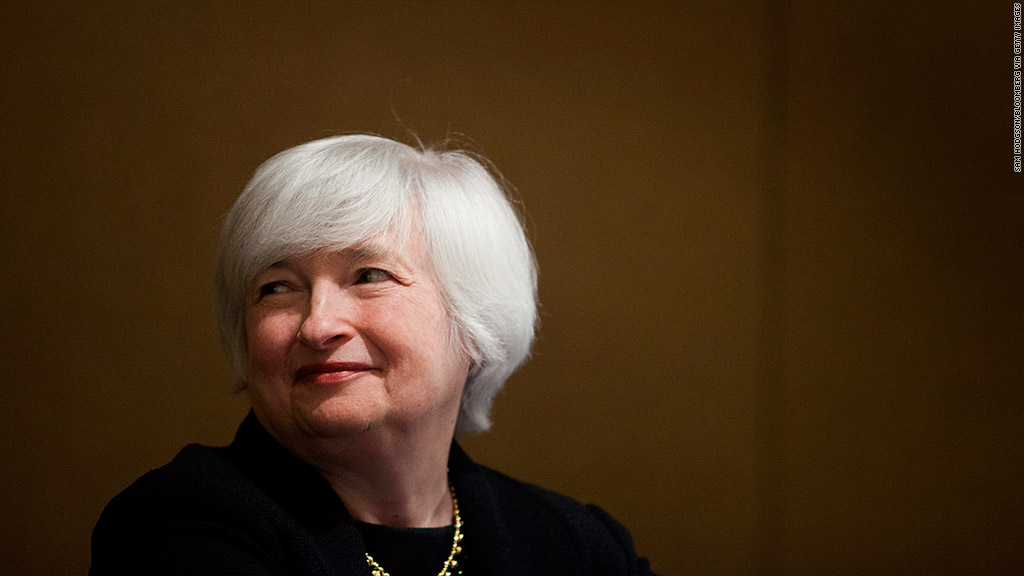
Call it "How to slim down in 3 easy steps," written for the Federal Reserve.
The pressure is on for the central bank to gradually start winding down its bond-buying program soon. Many fear that a pullback on current Fed policy might cause mortgage rates to skyrocket -- which could choke off home sales and drag down economic growth.
But a new academic paper proposes a step-by-step sequence of how the Fed can "taper" without derailing the fragile housing recovery.
The paper, by Northwestern University economists Arvind Krishnamurthy and Annette Vissing-Jorgensen, was presented at the annual meeting of central bankers in Jackson Hole, Wyo, Friday. Research presented at that meeting has often impacted the Fed's future policies.
In the paper, the authors call for these three steps:
Step #1: Stop buying Treasuries, and even start selling some of the government debt accumulated over the last four years. The Fed currently buys $45 billion in Treasuries each month, but that's not having much of an impact on the real economy, Krishnamurthy and Vissing-Jorgensen argue.
Step #2: Start selling the oldest mortgage-backed securities. The Fed currently buys $40 billion in mortgage-backed securities each month in an effort to boost the housing market, but selling its older-dated bonds would have very little impact on current mortgage rates, they say.
Step #3: Continue buying newer mortgage-backed securities. This is the Fed's most powerful tool and "most beneficial source of economic stimulus," the economist argue, and should be the last part of the program to be brought to an end.
Related: Federal Reserve divided on when to taper
The housing recovery has taken off since the Fed started its most recent bond-buying program last September. Mortgage rates fell to all-time lows through May, and it's no coincidence that home sales and home prices rose in the meantime.
But ever since the tapering talk began in earnest back in May after Bernanke testified before Congress, mortgage rates have been climbing.
The rate on a conventional 30-year mortgage rose from 3.3% in early May to 4.6% this week. While that's still quite low by historic standards, the dramatic increase in such a short time is leading some economists to question whether a persistent rise in rates could sap the momentum out of the housing recovery.
Related: 5 things to know about rising mortgage rates
According to minutes from the Federal Reserve's latest meeting, officials discussed this concern, but nevertheless, "almost all" said they remained "broadly comfortable" with plans to slow the bond-buying program later this year.
The Krishnamurthy and Vissing-Jorgensen proposal is notable because it gives the Fed the option to have it both ways. The central bank can taper part of its asset purchase program, while continuing to support the housing market by buying mortgage-backed securities.
It's a new approach that differs from what the markets are currently expecting, so it's unclear how financial players might react.

A New York Fed survey shows as of July, banks were expecting the Fed to shrink their bond purchases from $85 billion to $70 billion a month in September.
They're predicting that $15 billion reduction will impact both types of bonds, with the Fed buying $10 billion fewer Treasuries and $5 billion fewer mortgage-backed securities.


